The Luigi Rovati Foundation Museum is the world’s first underground museum of Etruscan culture, integrating exhibitions, collection protection, popular science education, and scientific research. A building that travels between past, present, and future.
The Luigi Rovati Foundation Museum has won the 2020 American Architecture Masterprize. Taking the museum as the carrier, using modern methods to display the origin of civilization, recreating the glorious cultural heritage for the audience, and gaining inspiration from historical experience, so as to improve the ability to deal with future challenges. In addition, due to the complexity of the construction of this building, “future” is not only a concept of time but also a high requirement for future innovation and technology.
The Luigi Rovati Foundation Museum, located on Corso Venezia in Milan, aims to create a spiritual retreat in the heart of the city that will inspire the future in the areas of history, art, and science. The project originated from the appeal of the Luigi Rovati Foundation. On the premise of not changing the characteristics of the historic 19th-century Bocconi-Rizzoli-Carraro palace, it was restored and expanded, and transformed into a museum space, focusing on displaying important collections from the Etruscan period. The museum is not only an exhibition venue, but also a cultural center in the field of protection, research, and improvement of ancient relics, providing an academic space for research and exchange for scholars discussing Etruscan civilization, establishing international partnerships, organizing special conferences and activities, reach historical and cultural knowledge.
The design of the museum includes the re-planning of the entire site, the restoration of the 19th-century palace building and gardens, and the extension of the two underground floors. The subterranean extension serves as the main display space for the collection; the original palace building is set up for functions related to the museum’s activities, including a bookstore, design store, café, library, conference and event spaces, temporary exhibition space, restaurant and offices of the Luigi Rovati Foundation.
The large foyer on the ground floor of the museum, a bookstore, and a design store connect the café with the inner garden. It makes the museum an open space facing the city, an urban lounge of art and culture, attracting people to stop and explore. The outdoor garden is restored by Greencure.
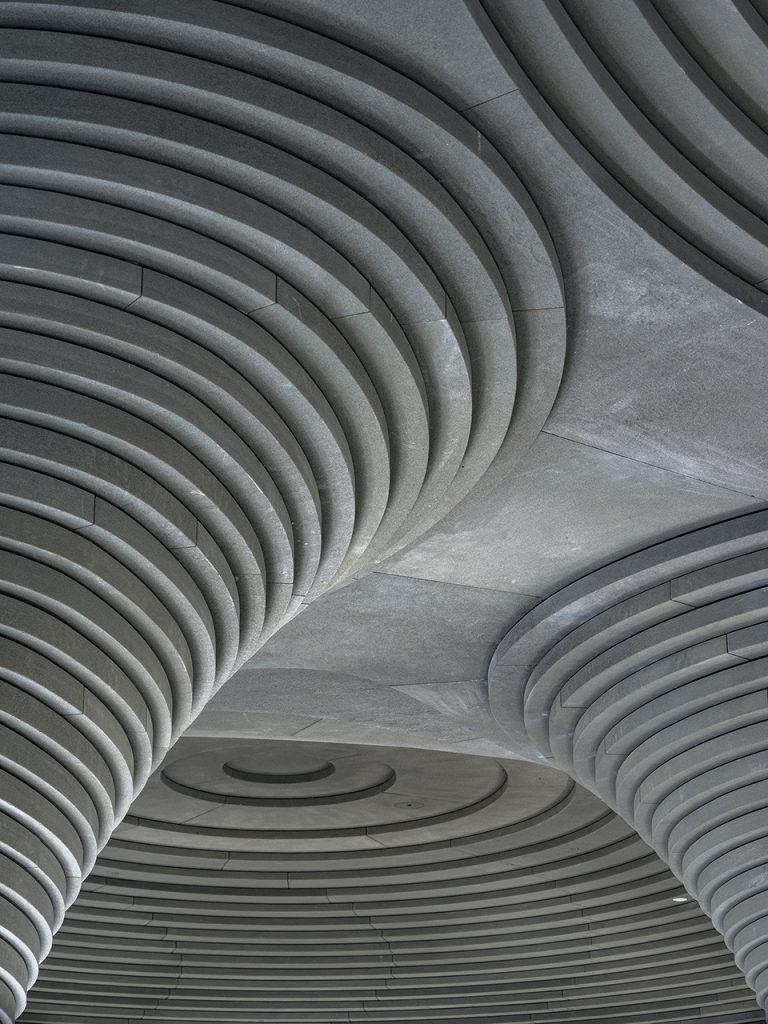
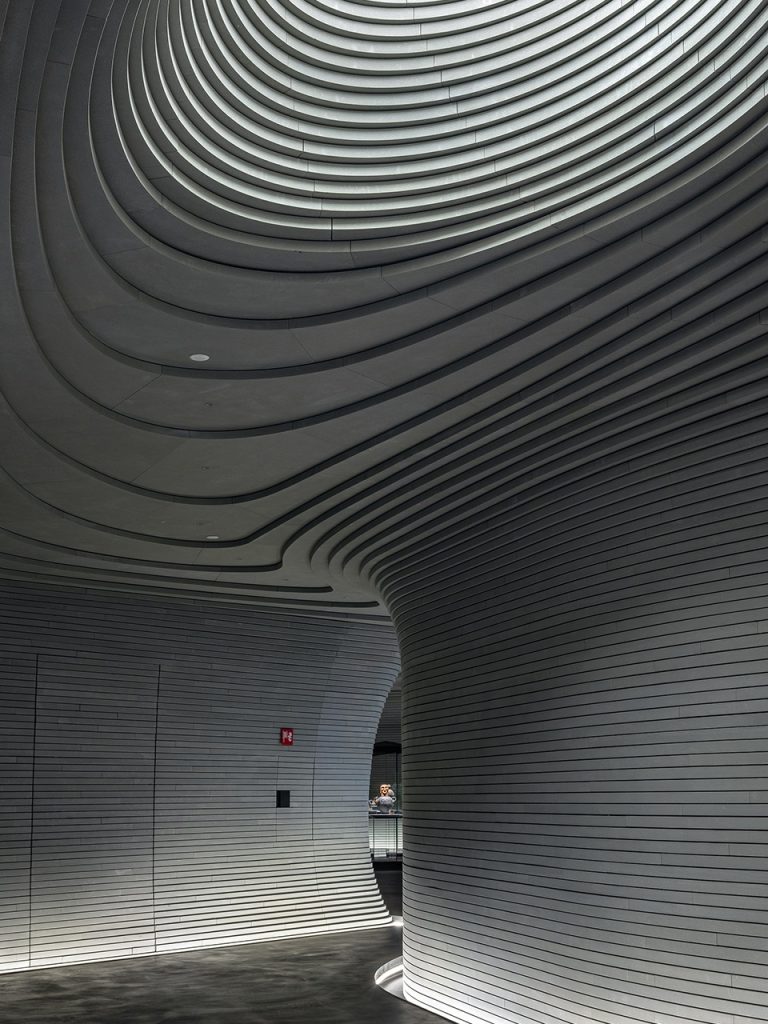
The design draws inspiration from the architectural features of the Etruscan civilization, alluding to the Etruscan tomb style in the small town of Cerveteri, and aims to evoke people’s interaction with the Etruscan civilization. The exhibition space of the building extends from the palace on the ground to the underground, with three large domes as the main features, creating a mysterious atmosphere of Etruscan civilization.
Passing through the service center, visitors follow the stone stairs and enter the underground exhibition space, starting their Etruscan journey. The 30,000 pieces of stone flakes are superimposed layer by layer, forming three circular and one large oval underground exhibition area, giving people the impression of a hollowed-out mine space and presenting the natural beauty of the building. All the museum stones are made of pietra serena natural stone from the Firenzuola quarry in Tuscany.
Each stone is individually designed, precisely cut, and assembled to achieve a continuity of form. At the same time, the horizontal stripes of the stone flakes create a suspended effect, which together with the reflected light spots of the mica in the stone creates a feeling of free flow.
Each piece of stone is about 5 cm thick, and about 1 meter long, and the distance between two adjacent pieces is about 5 mm. The air of natural sandstone and the gaps between stone flakes are used to create a breathing wall, and the air can naturally circulate from the integrated device to the lower structure, achieving good air circulation and fully solving the ventilation problem of underground buildings.
The exhibition is a journey through art and architecture, form and matter, city and civilization. MCA has worked closely with the Luigi Rovati Foundation and Italian archaeologist and art historian Professor Salvatore Settis to conduct in-depth research on more than 15,000 items in the collection and design exhibition plans. On the one hand, the exhibition space is turned into an organic part that can express the theme. The collections seem to be floating in the giant transparent showcases, arranged in a streamlined manner to ensure the continuity of each space; on the other hand, by integrating history, archaeology, digital technology, and other A way to create a dynamic and immersive experience.
The building has also undergone in-depth and precise technical research in terms of acoustics. The acoustic solution adopted by the museum does not completely eliminate the echo from the dome’s own structure but weakens the sound to preserve the visitor’s perception of the dome while creating a mysterious atmosphere.
From color characteristics to materials, and the relationship between the various exhibition areas, the exhibition window design and space layout meet the highest international standards in terms of aesthetics, functionality, technology, and quality while introducing innovative and experimental elements into the field of museology.
Project Info
Location: Milan, Italy
Year: 2022
Client: Luigi Rovati Foundation
Team: Mario Cucinella, Enrico Iascone, Giovanni Sanna, Damiano Comini, Lucrezia Rendace, Maria Dolores Del Sol Ontalba, Luca Sandri, Donato Labella, Michela Galli, Dario Castellari, Enrico Pintabona, Irene Sapienza, Martina Buccitti, Wallison Caetano, Eurind Caka, Flavio Giacone, Ernesto Tambroni, Chiara Tomassi, Davide Cazzaniga, Silvia Conversano, Yuri Costantini (model), Andrea Genovesi (model)
Landscape Architecture: Greencure
Structural Engineering: Milan Ingegneria Srl
Engineering Services: Manens – Tifs SpA
LEED Consultants: Manens – Tifs SpA
Stone and Dome Engineering: Casone Group Srl; Elios Engineering
Photography: Duccio Malagamba
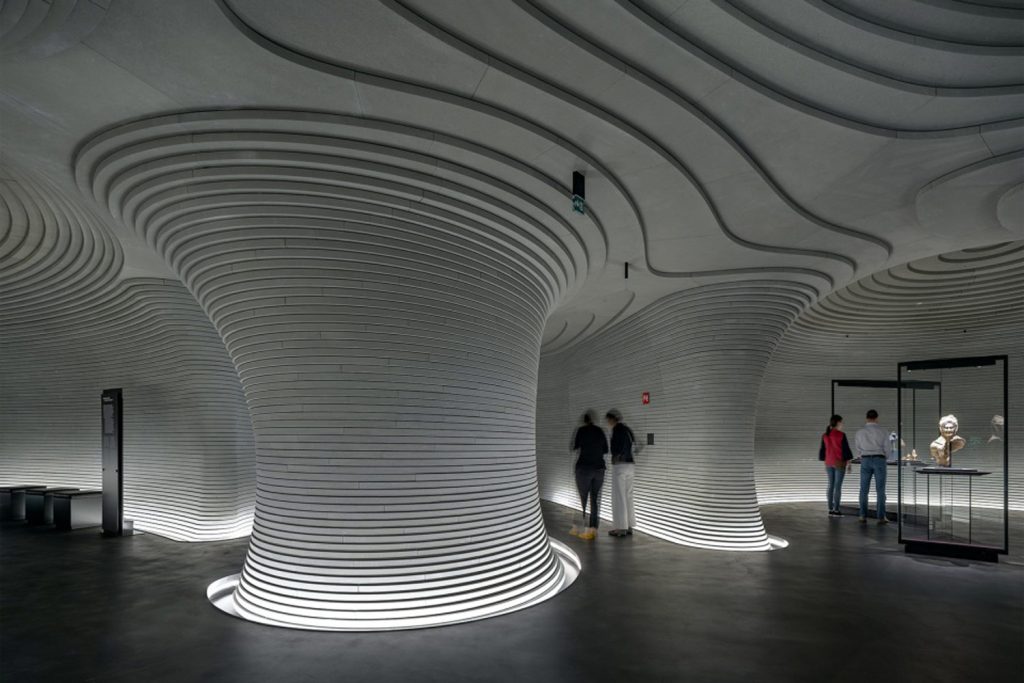
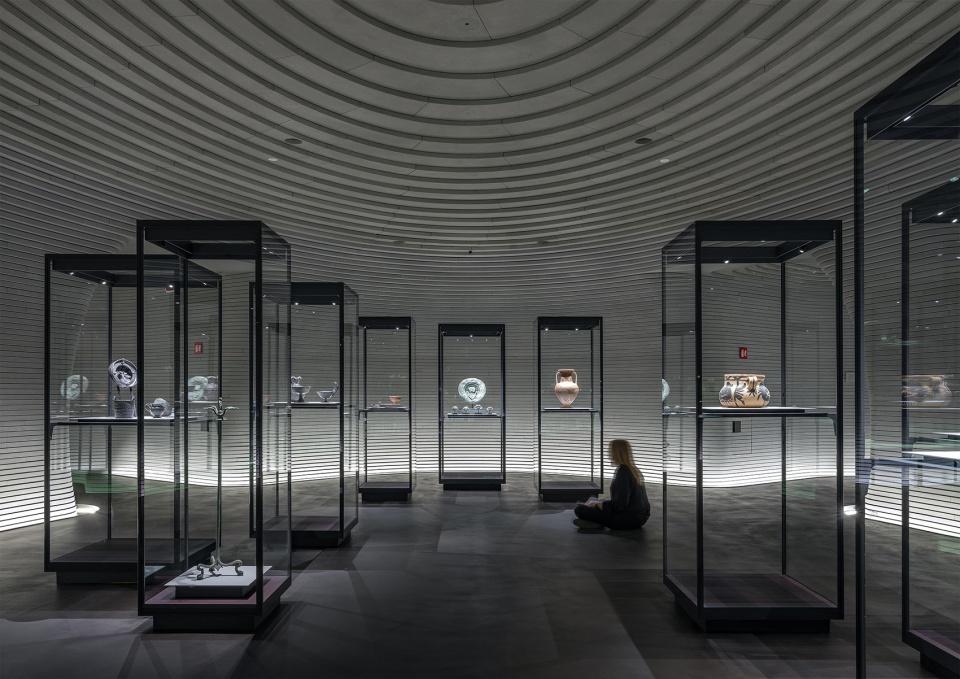
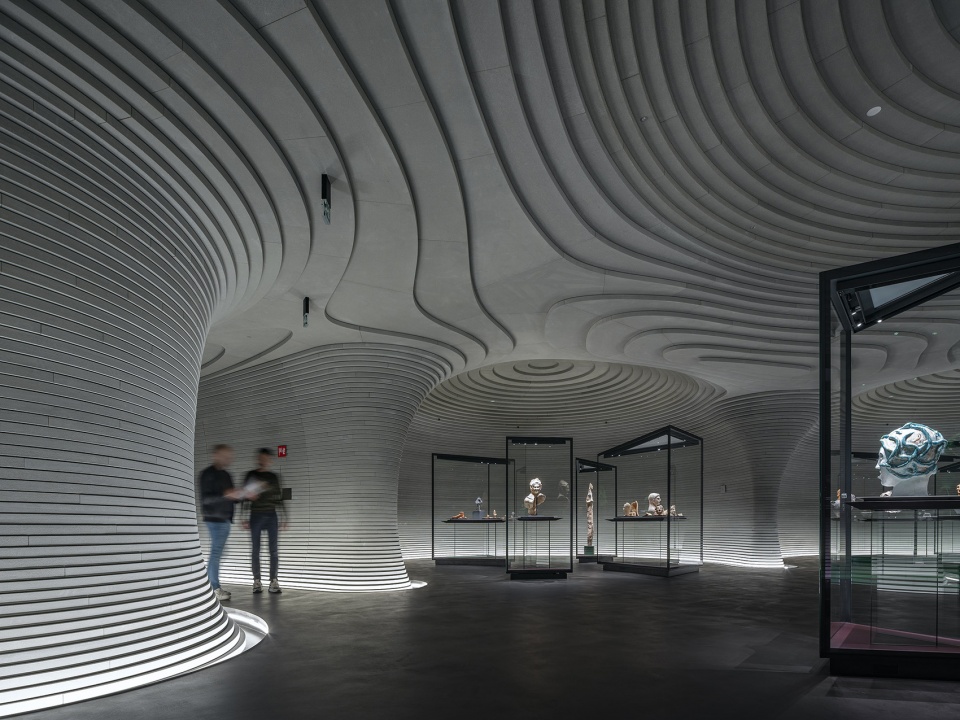
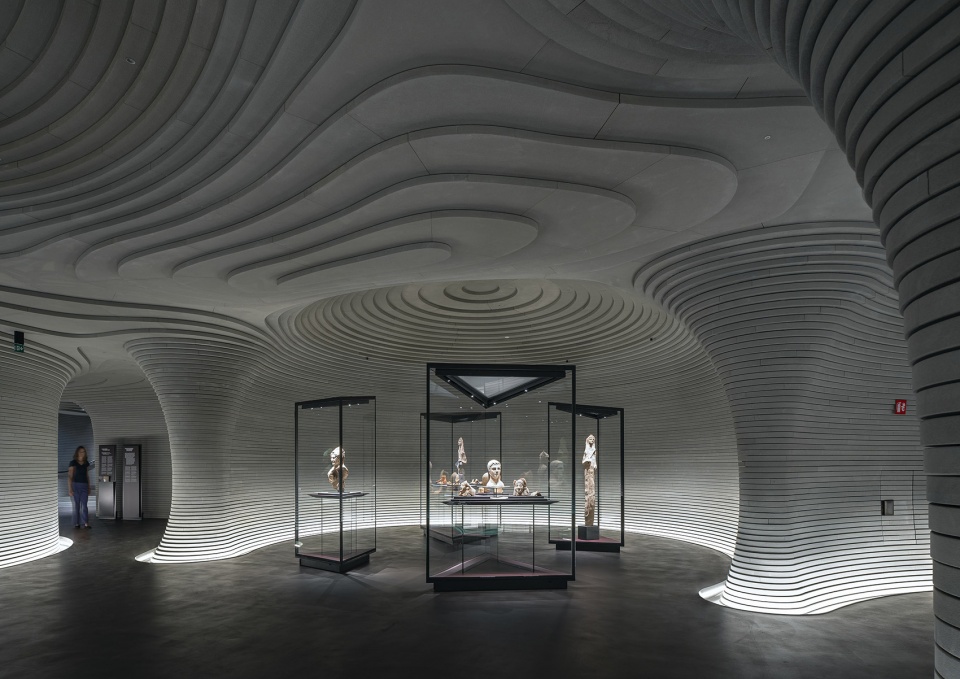
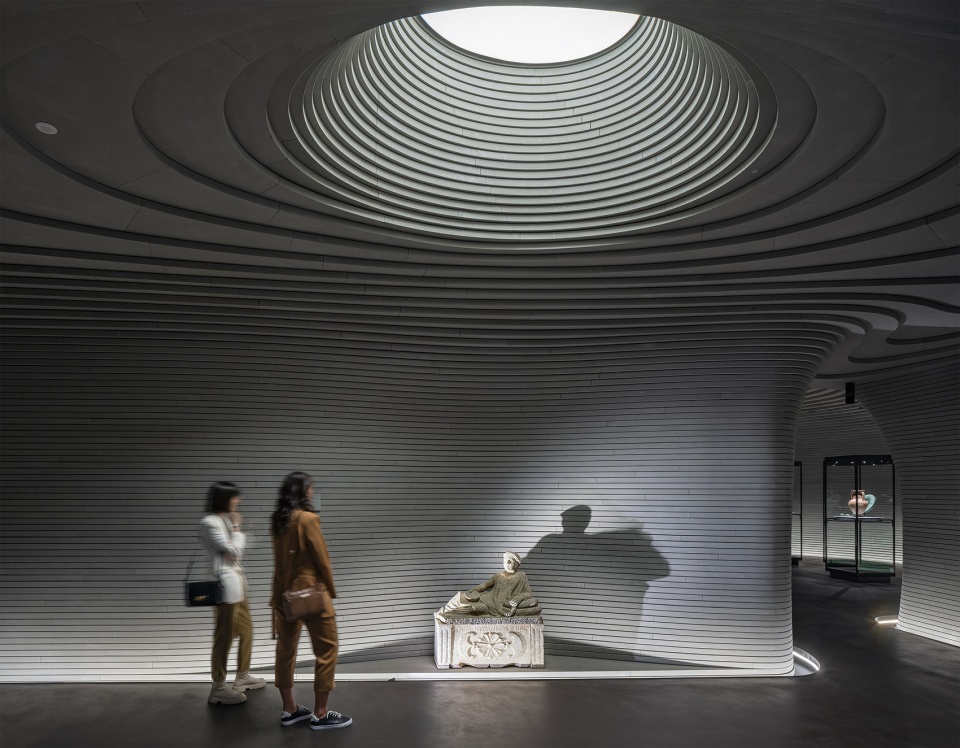
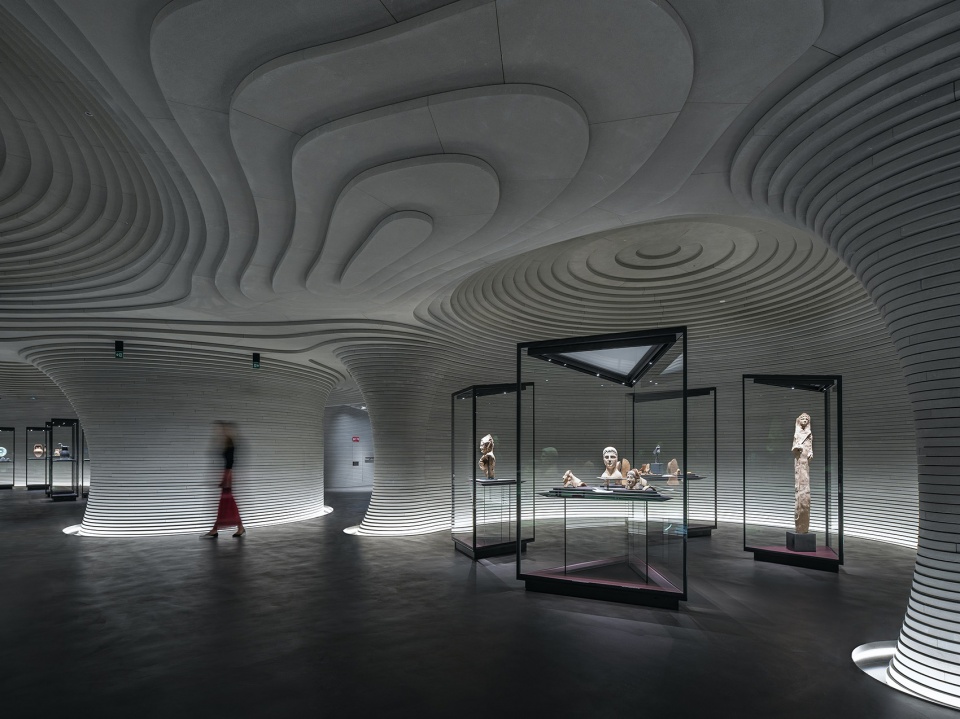
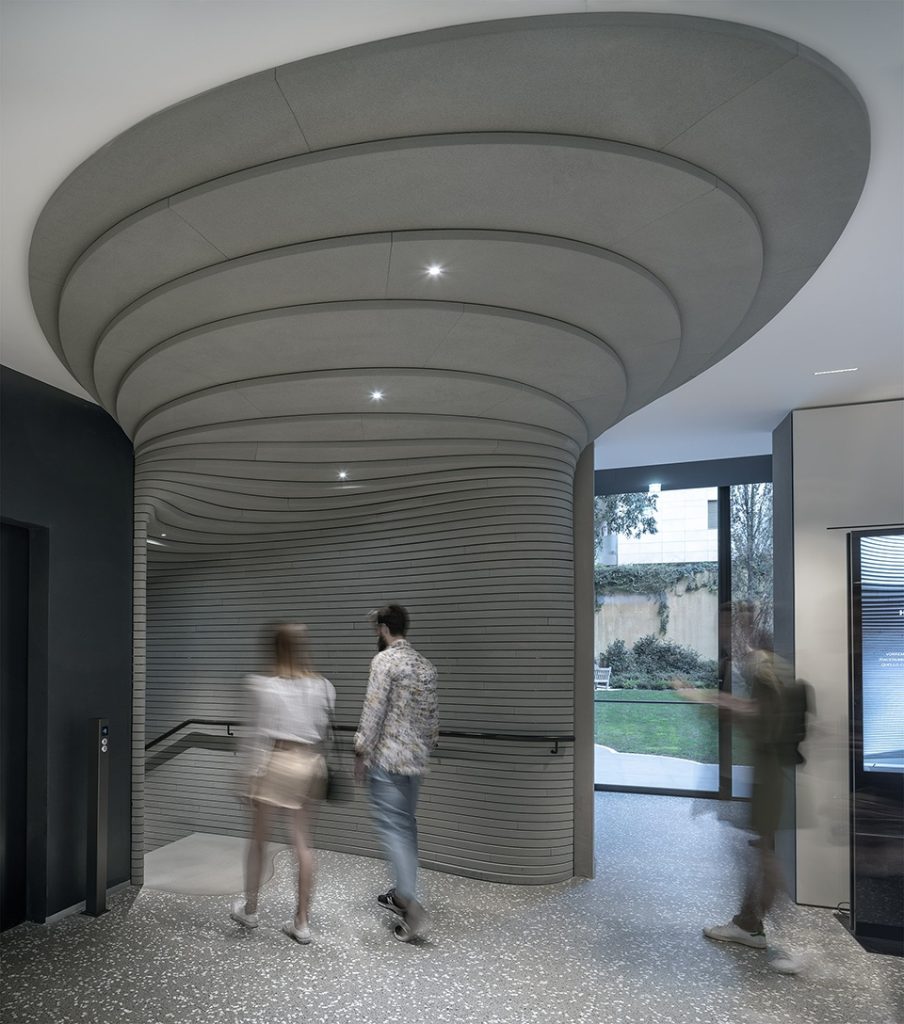
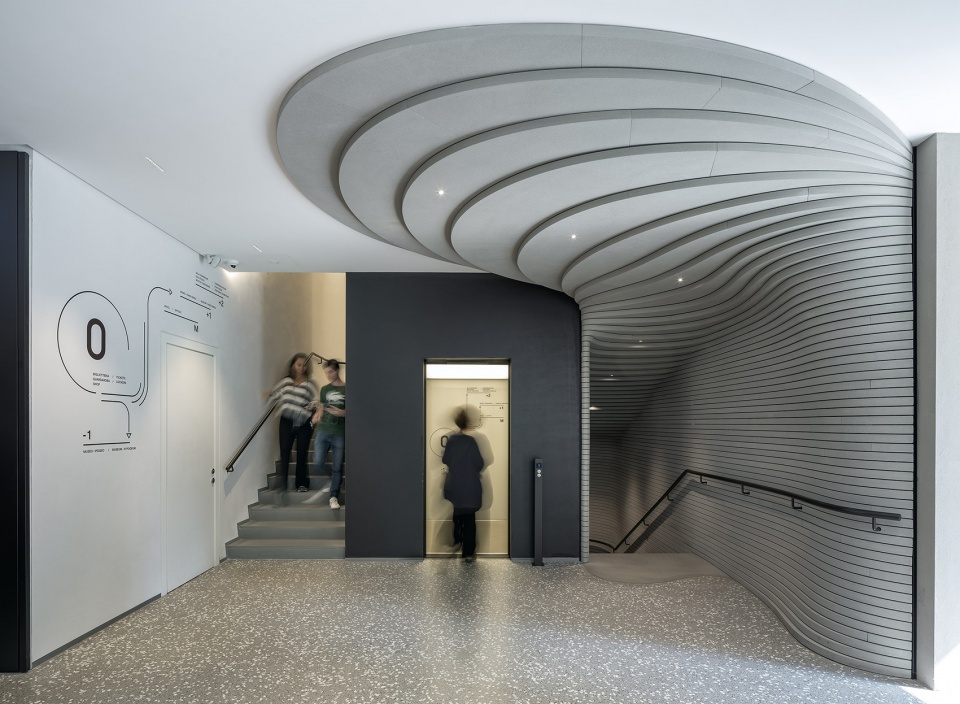
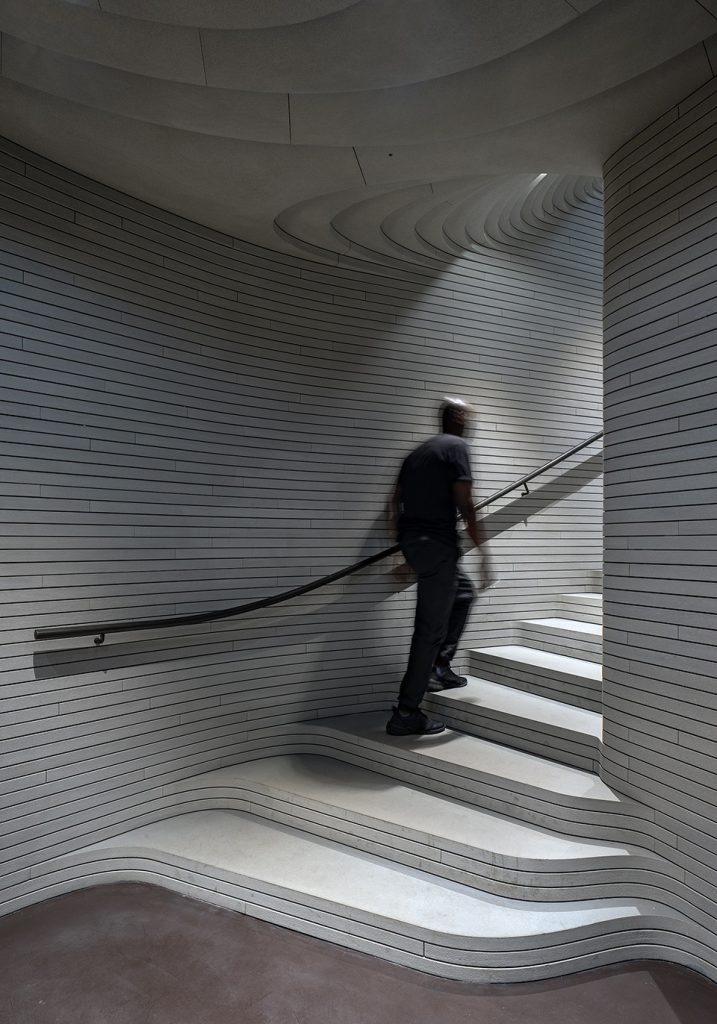


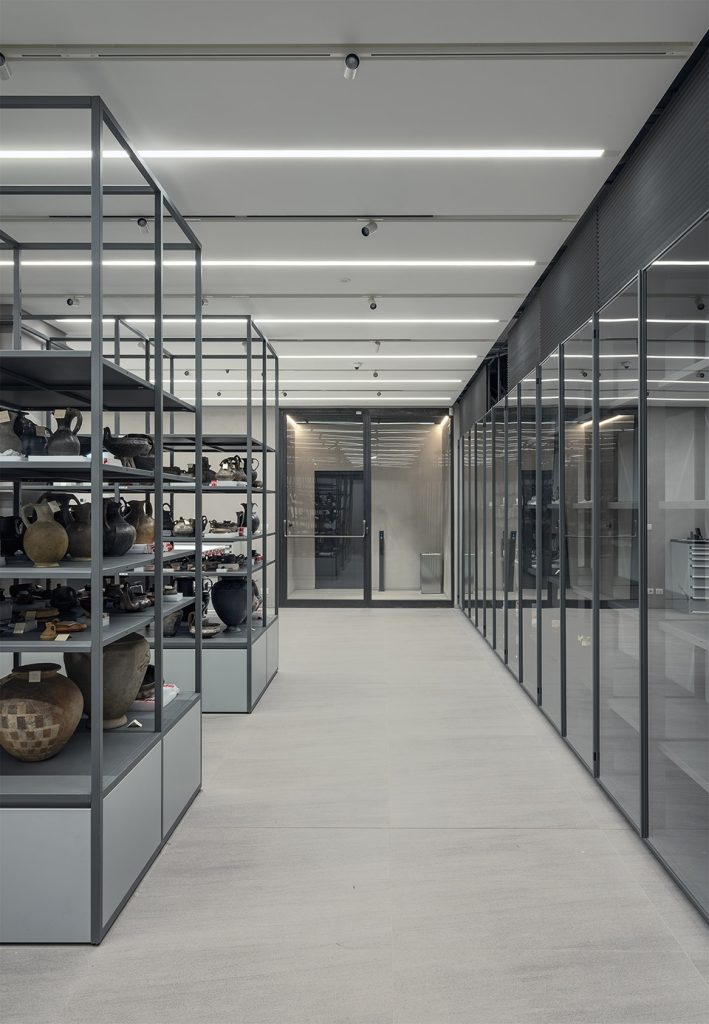
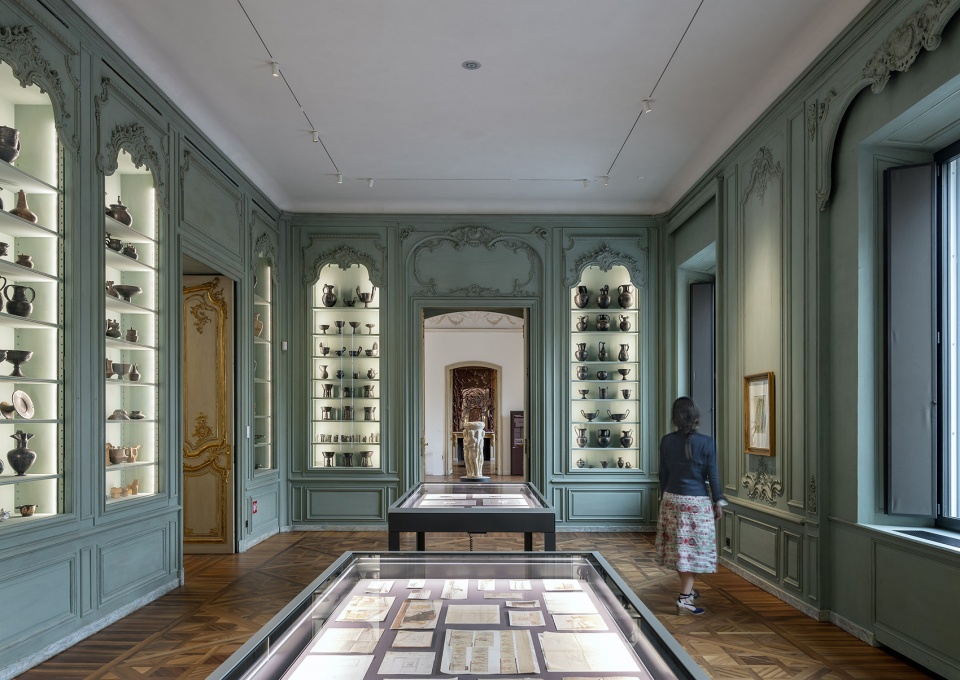
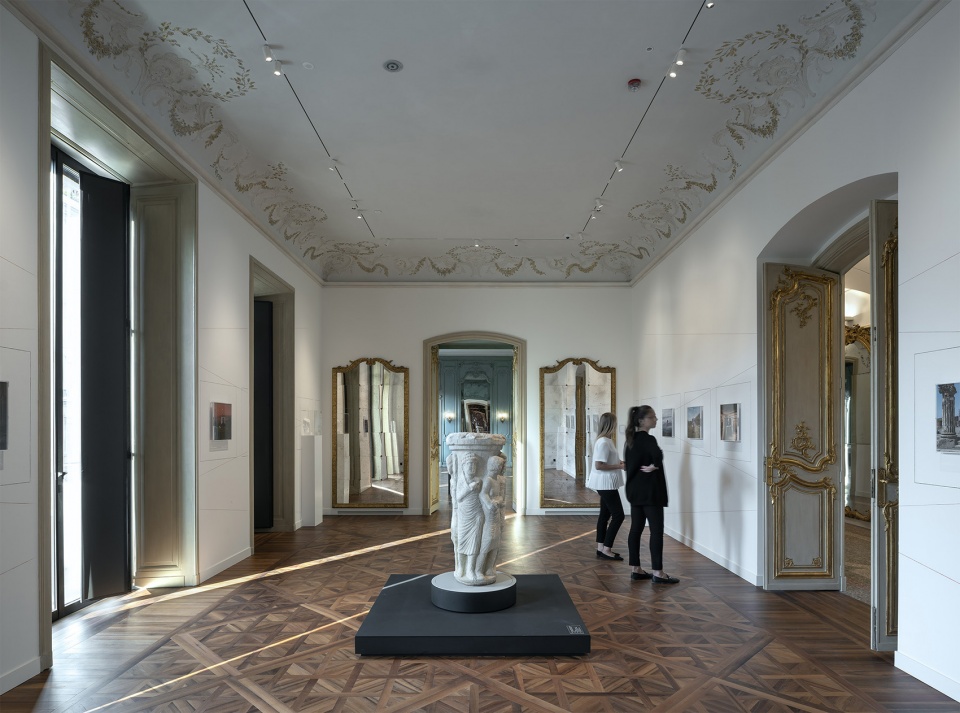
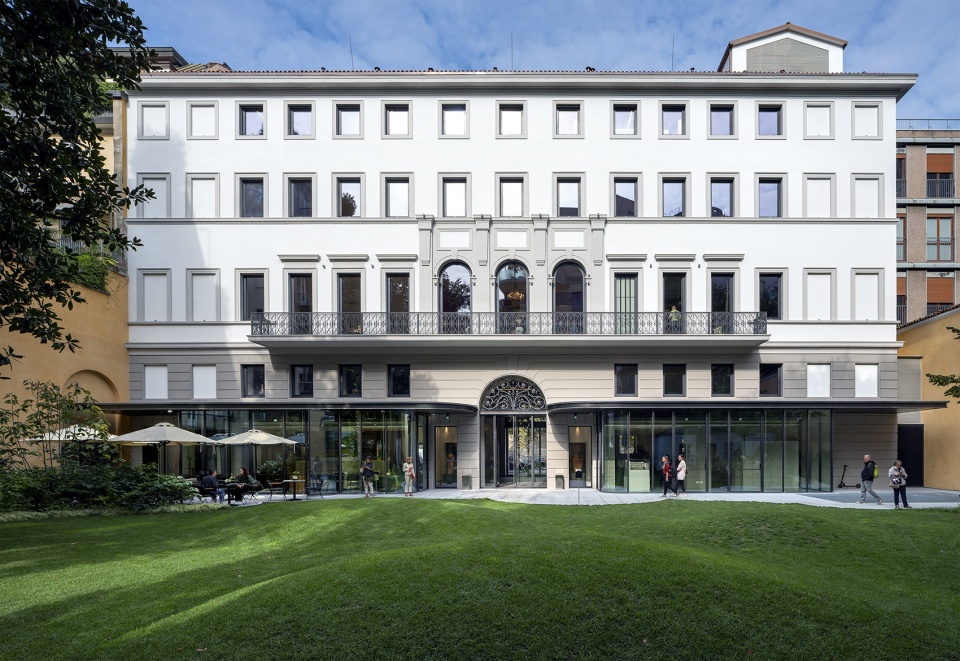
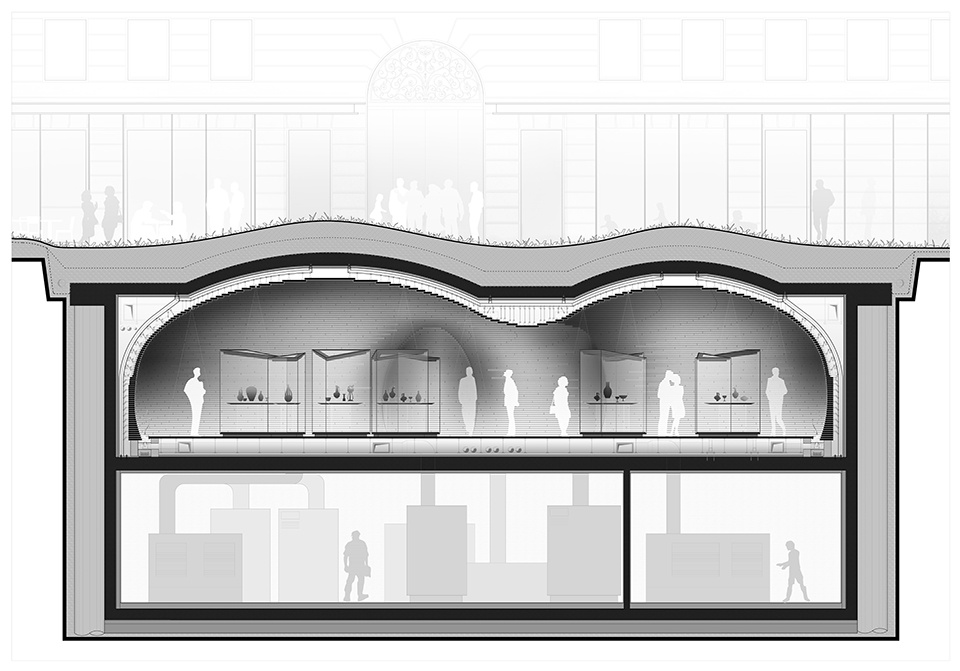
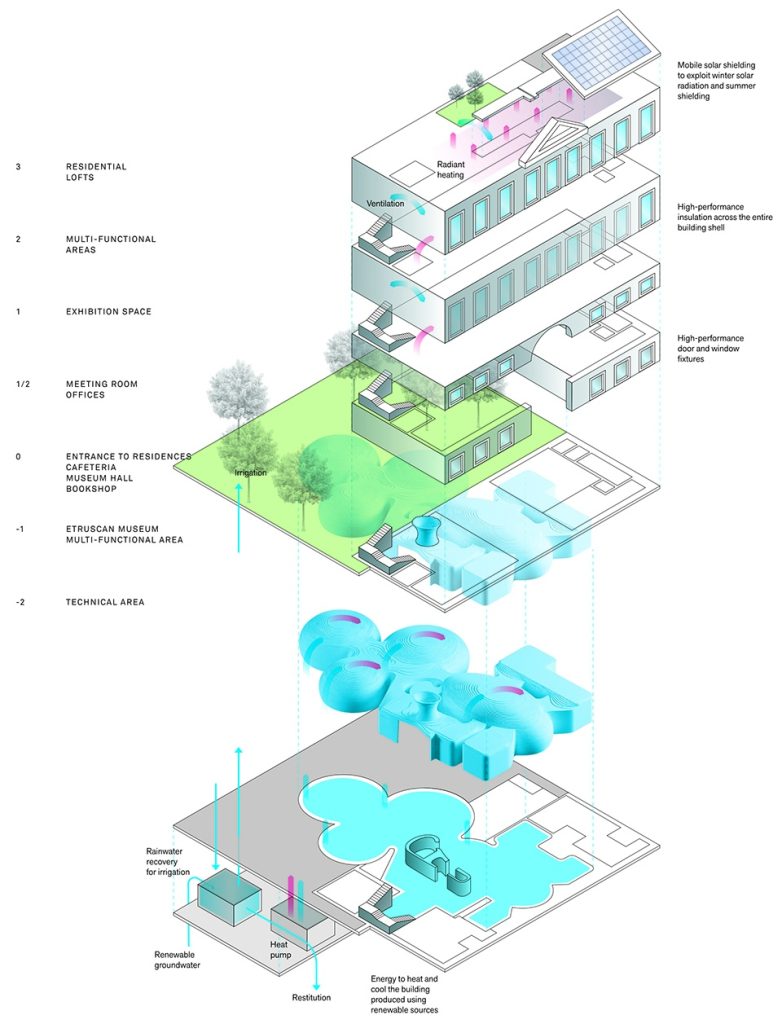

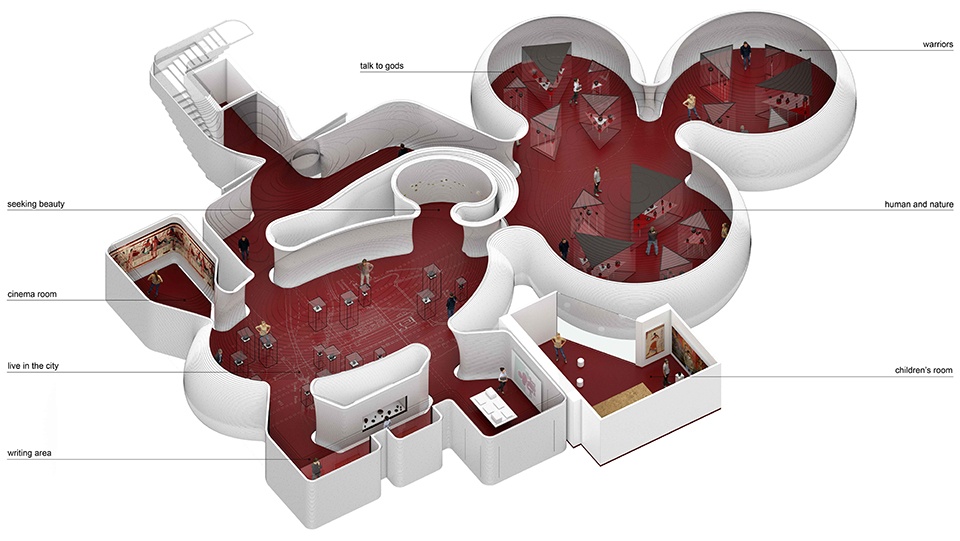




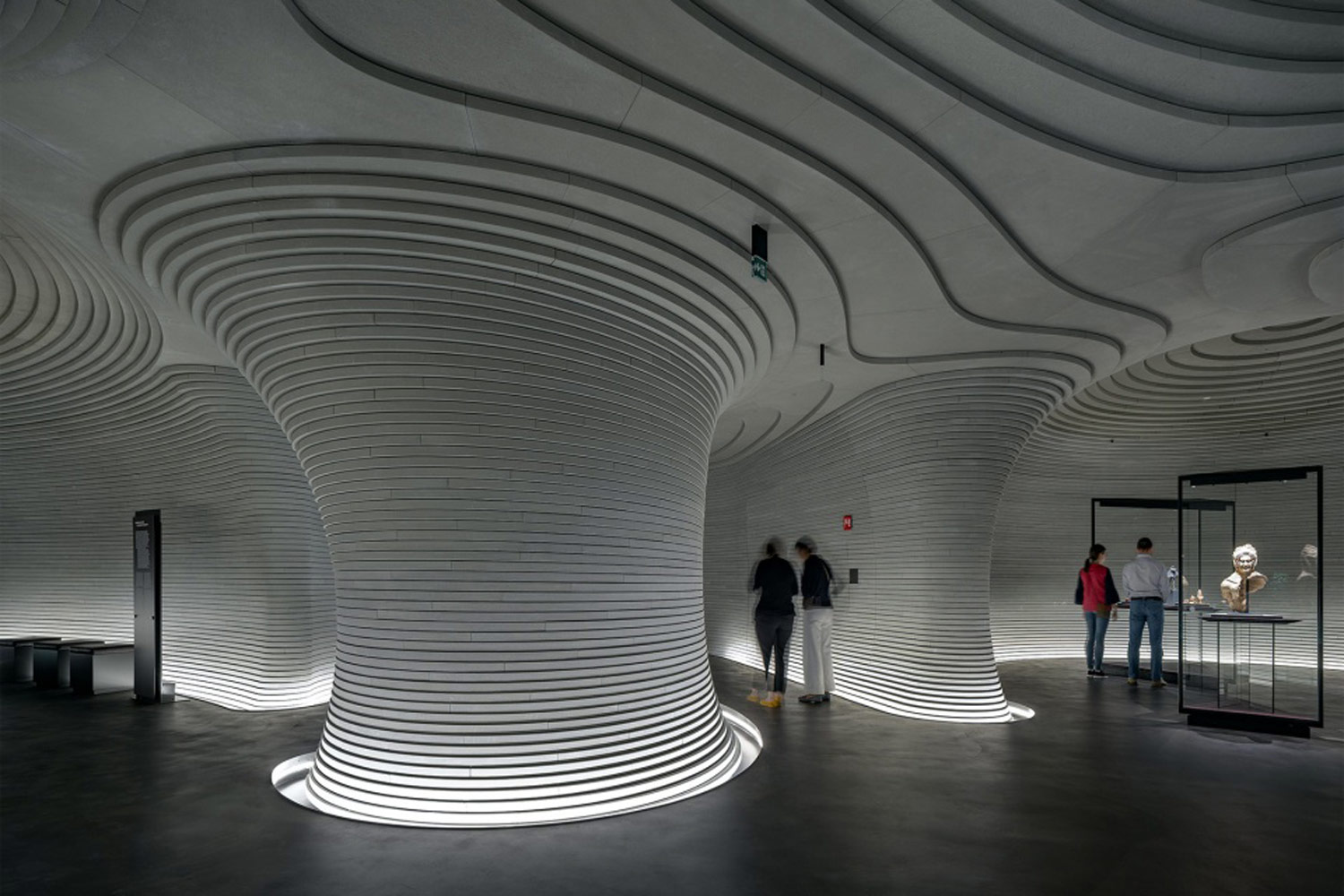














Leave a comment